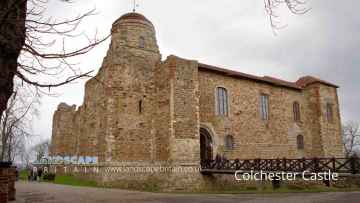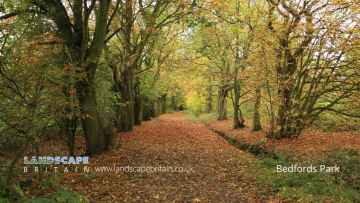Harwich
Harwich is a Town in the county of Essex.
There are great places to visit near Harwich including some great towns, castles, woodlands, airports, historic buildings, cities, villages, country parks, shopping centres, parks and nature reserves.
Harwich has some unmissable towns nearby like Colchester, Epping, Maldon, Southend-on-Sea, Saffron Walden, Braintree, and Basildon.
The area close to Harwich boasts some of the best castles including Colchester Castle.
There are a several good woodlands in the Harwich area like Epping Forest, and Bedfords Park.
Harwich has some unmissable airports nearby like London Southend Airport, and London Stansted Airport.
Audley End House and Gardens, and Chelmsford Cathedral are some of Harwich best historic buildings to visit near Harwich.
Don't miss Chelmsford's cities if visiting the area around Harwich.
There are a number of villages near to Harwich including Hatfield Peverel.
Country Parks to visit near Harwich include Thorndon Country Park.
Don't miss Lakeside Shopping Centre's shopping centres if visiting the area around Harwich.
The area close to Harwich boasts some of the best parks including Bedfords Park.
The area close to Harwich boasts some of the best nature reserves including Bedfords Park.
Harwich History
There are some historic monuments around Harwich:
Places to see near Harwich
History of Harwich
Because of its strategic position, Harwich was the target for the invasion of Britain by William of Orange on 11 November 1688. However, unfavourable winds forced his fleet to sail into the English Channel instead and eventually land at Torbay. Due to the involvement of the Schomberg family in the invasion, Charles Louis Schomberg was made Marquess of Harwich. Writer Daniel Defoe devotes a few pages to the town in A tour thro’ the Whole Island of Great Britain. Visiting in 1722, he noted its formidable fort and harbour “of a vast extent”. The town, he recounts, was also known for an unusual chalybeate spring rising on Beacon Hill (a promontory to the north-east of the town), which “petrified” clay, allowing it to be used to pave Harwich’s streets and build its walls. The locals also claimed that “the same spring is said to turn wood into iron”, but Defoe put this down to the presence of “copperas” in the water. Regarding the atmosphere of the town, he states: “Harwich is a town of hurry and business, not much of gaiety and pleasure; yet the inhabitants seem warm in their nests and some of them are very wealthy”. Harwich played an important part in the Napoleonic and more especially the two world wars. Of particular note:






















